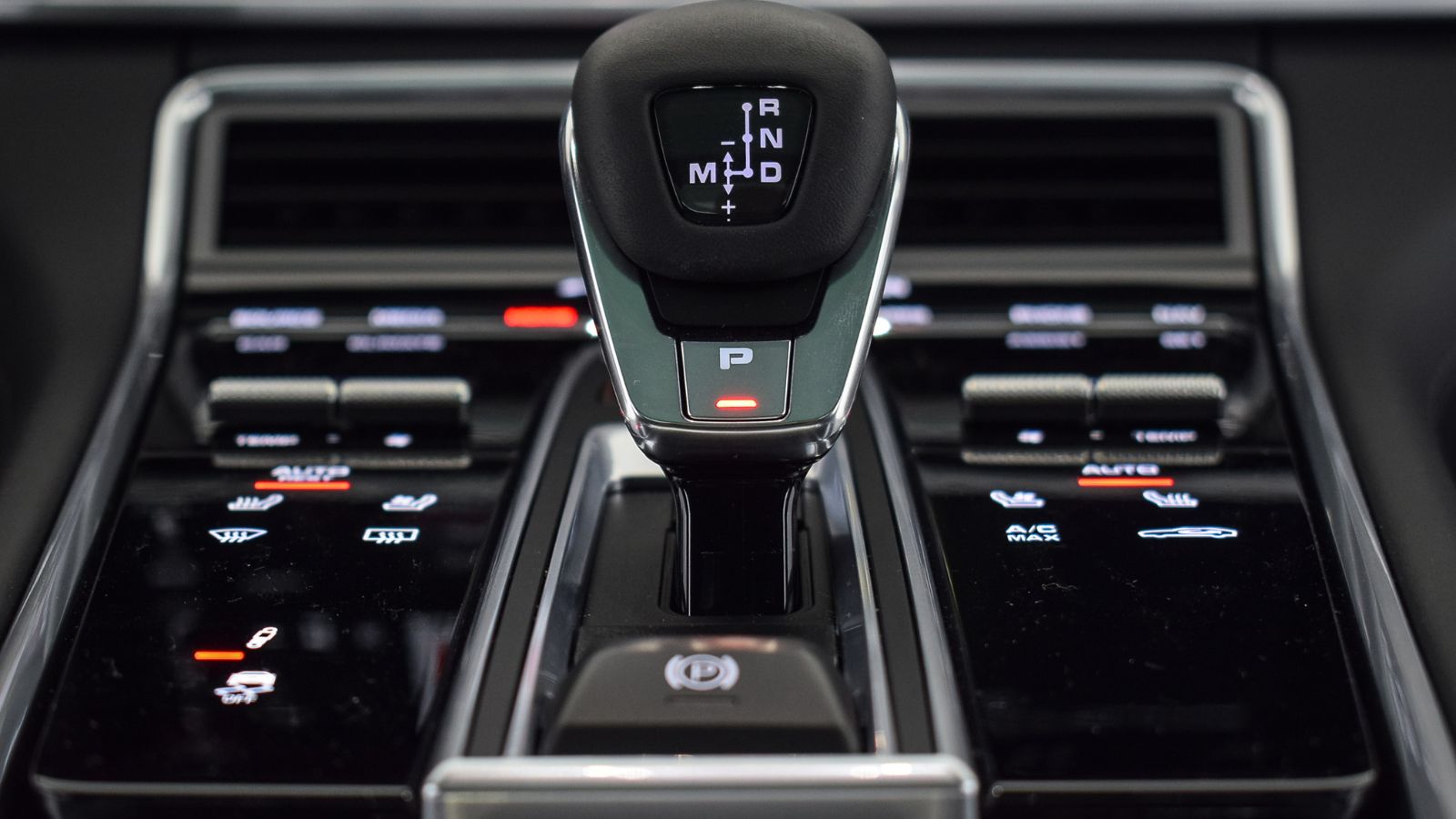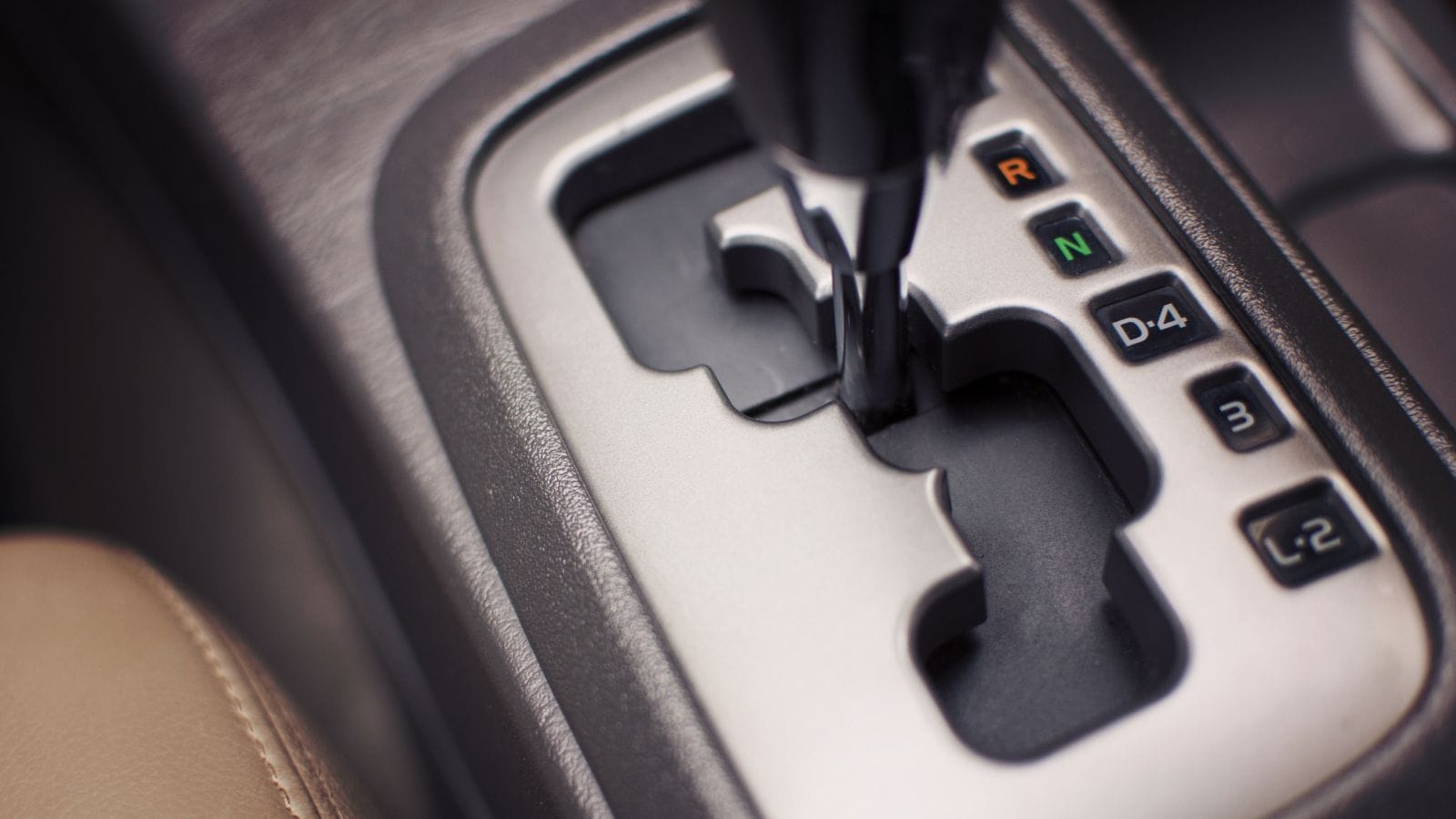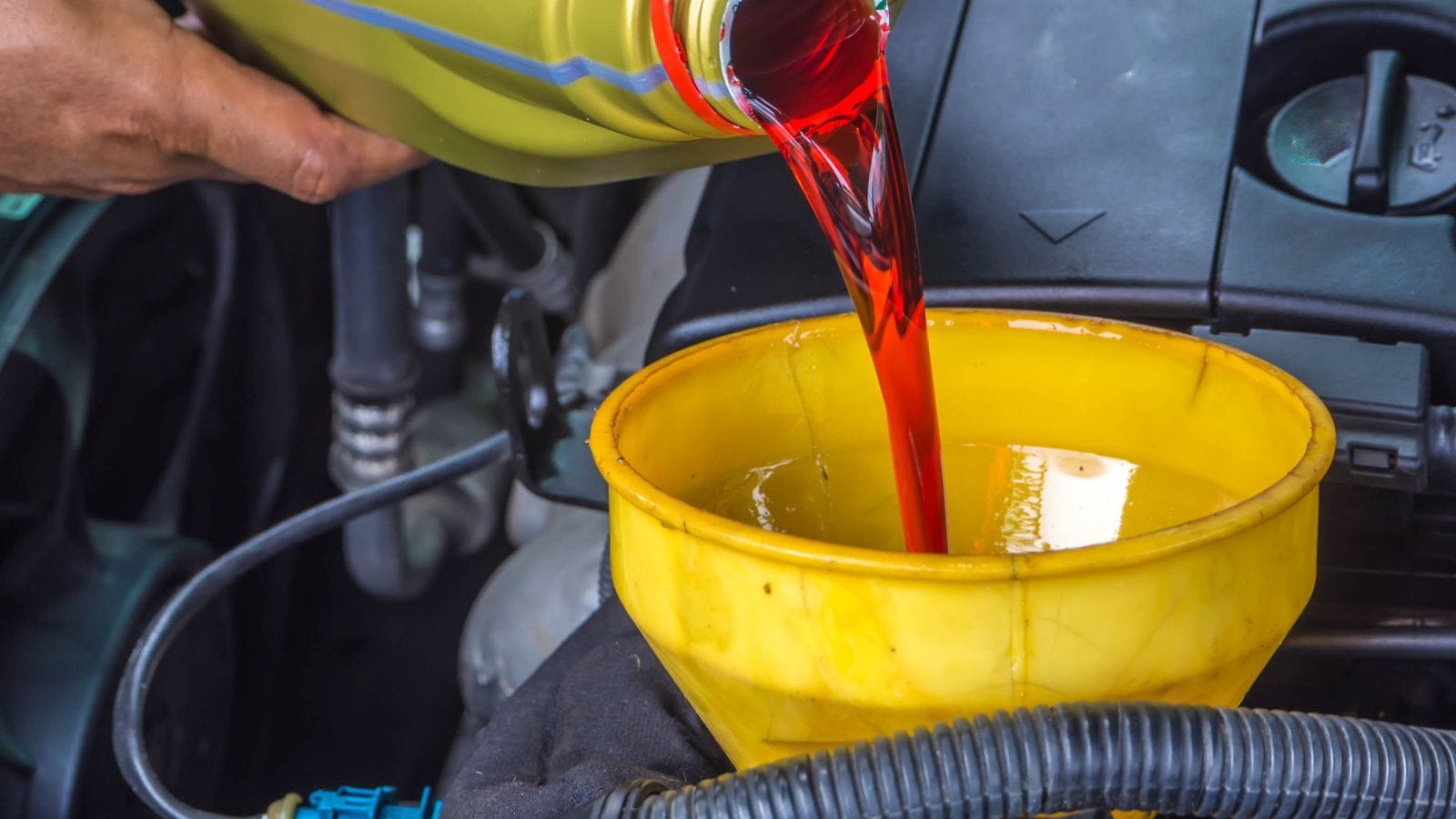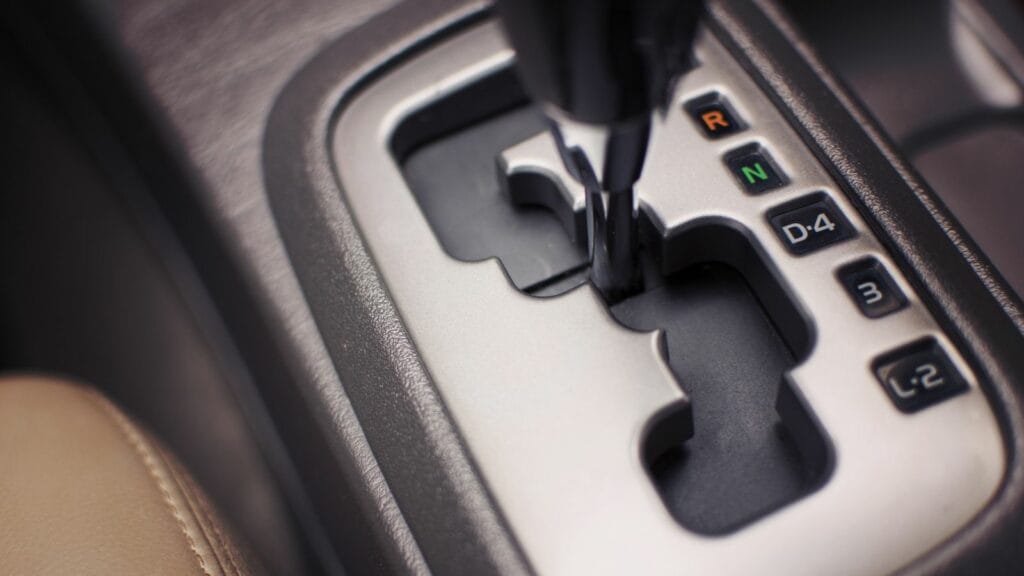Automatic transmissions have taken over the roads in North America, and for good reason—they’re smooth, convenient, and require no clutch pedal ballet in heavy traffic. But that convenience often comes with a price: drivers pick up habits that quietly wear down the transmission. Unlike a manual, where grinding gears gives you instant feedback, an automatic hides its suffering until it hands you a repair bill with more zeros than you’d like. To keep your transmission alive and well, here are five mistakes you need to stop making right now.
Shifting Into Park Before Stopping Completely

It happens all the time: you roll into a parking space, the car is still inching forward, and you throw it into Park without thinking twice. Inside your transmission, a small metal part called the parking pawl engages a gear to hold the car in place. If the wheels are still moving, you’re essentially jamming that pawl into a rotating gear. Over time, that leads to grinding, wear, or even a snapped pawl. When that happens, your car might roll away even when “in Park.” The fix? Always let the car come to a complete stop before engaging Park. It takes an extra second, but it could save you thousands of dollars in repairs.
Using Neutral at Stoplights

A lot of drivers think shifting into Neutral at red lights saves fuel or reduces stress on the transmission. That may have been true in older cars, but modern automatics are designed to idle in Drive without issue. Constantly shifting between Drive and Neutral actually creates more wear, since every shift is a mechanical action inside the transmission. Plus, if you’re sitting in Neutral when the light changes, you’ve added extra time before you can accelerate—an annoyance for the drivers behind you. The smarter move? Keep it in Drive, keep your foot on the brake, and let the car’s engineering handle it.
Riding the Brakes on Long Downhills

If you’ve ever smelled burning brakes after descending a mountain pass, you know what this is about. Many drivers rest their foot on the brake pedal the entire way down, letting the transmission constantly adjust between gears while the brakes do all the work. Not only does this overheat and warp brake components, but it also stresses the transmission. Modern automatics often have a manual mode or at least a “Low” or “Sport” gear—use it. Downshifting lets the engine help slow the car, reducing the load on your brakes and keeping everything cooler. Truckers have been doing this for decades; car drivers could take a note from them.
Shifting Between Reverse and Drive While Moving

This one’s a classic act of impatience: backing out of a space and throwing the gearshift into Drive while the car is still rolling backward. It saves maybe half a second, but the damage adds up. When you shift directions while the car is in motion, the transmission has to absorb all that momentum in the opposite direction. That’s like asking a sprinter to stop on a dime and run backward instantly. The result is jarring stress on clutches and gears. Over time, you’ll notice rougher shifts, clunks, or even complete failure. The rule is simple: stop first, then shift. Your transmission will thank you.
Ignoring Transmission Fluid

Transmission fluid is the lifeblood of your automatic. It lubricates moving parts, keeps the system cool, and creates the hydraulic pressure needed for smooth shifts. But because it doesn’t need changing as often as engine oil, it’s easy to forget. That’s a costly mistake. Old or low fluid leads to overheating, slipping gears, and eventual failure. Leaks often go unnoticed until the transmission starts acting up. The fix is simple: check your owner’s manual for service intervals and don’t skip them. A fluid change might cost a couple hundred bucks. A transmission rebuild can cost five grand or more. Which one sounds better?
25 Facts About Car Loans That Most Drivers Don’t Realize

Car loans are one of the most common ways people fund car purchases. Like any other kind of loan, car loans can have certain features that can be regarded as an advantage or a disadvantage to the borrower. Understanding all essential facts about car loans and how they work to ensure that you get the best deal for your financial situation is essential. Here are 25 shocking facts about car loans that most drivers don’t realize:
25 Facts About Car Loans That Most Drivers Don’t Realize
